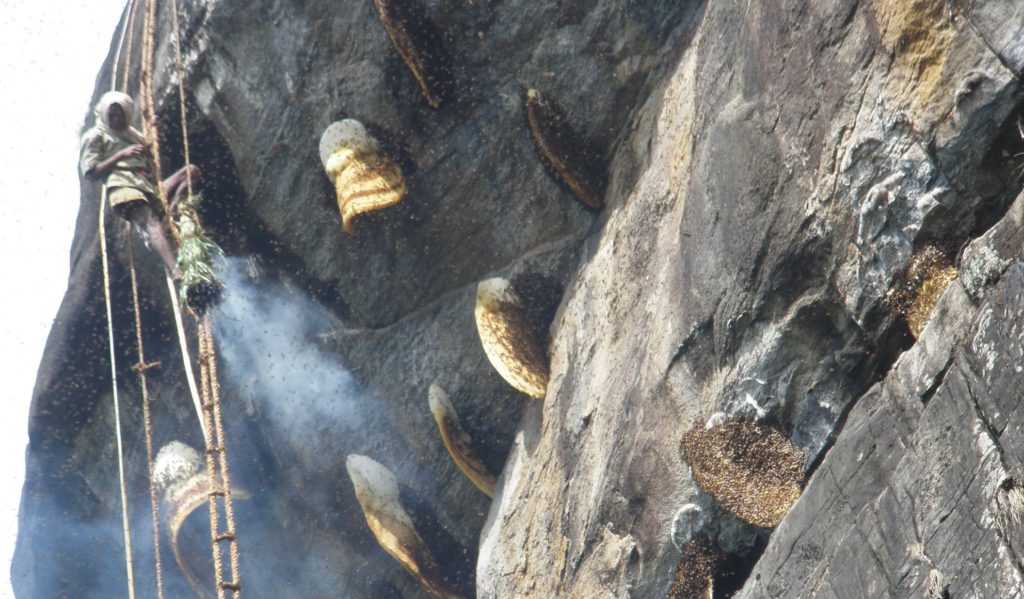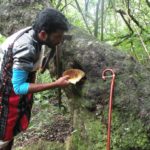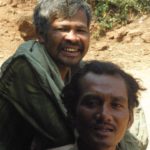
Scheduled Tribe communities live in about 15% of the country’s areas, in various ecological and geoclimatic conditions ranging from plains and forests to hills and inaccessible areas. Tribal groups are at different stages of social, economic and educational development. While some tribal communities have adopted a mainstream way of life, at the other end of the spectrum, there are certain Scheduled Tribes, 75 in number known as Particularly Vulnerable Tribal Groups (earlier termed as Primitive Tribal Groups) (PVTGs), who are characterised by a pre-agriculture level of technology, a stagnant or declining population, extremely low literacy, and a subsistence level of economy
There are over 700 Scheduled Tribes notified under Article 342 of the Constitution of India, spread over different States and Union Territories of the country. Many tribes are present in more than one State. The largest number of communities listed as Scheduled Tribes are in the State of Odisha, i.e. 62.
While all tribal communities are closely linked to their environment, there are some whose lifestyle and activities directly influence or are influenced by pollinators, especially the honey bee. This website is dedicated to gathering and disseminating information about them and their traditional knowledge and practices that help conserve pollinators and their habitats
Source: Ministry of Tribal Affairs Annual Report 2016-17


